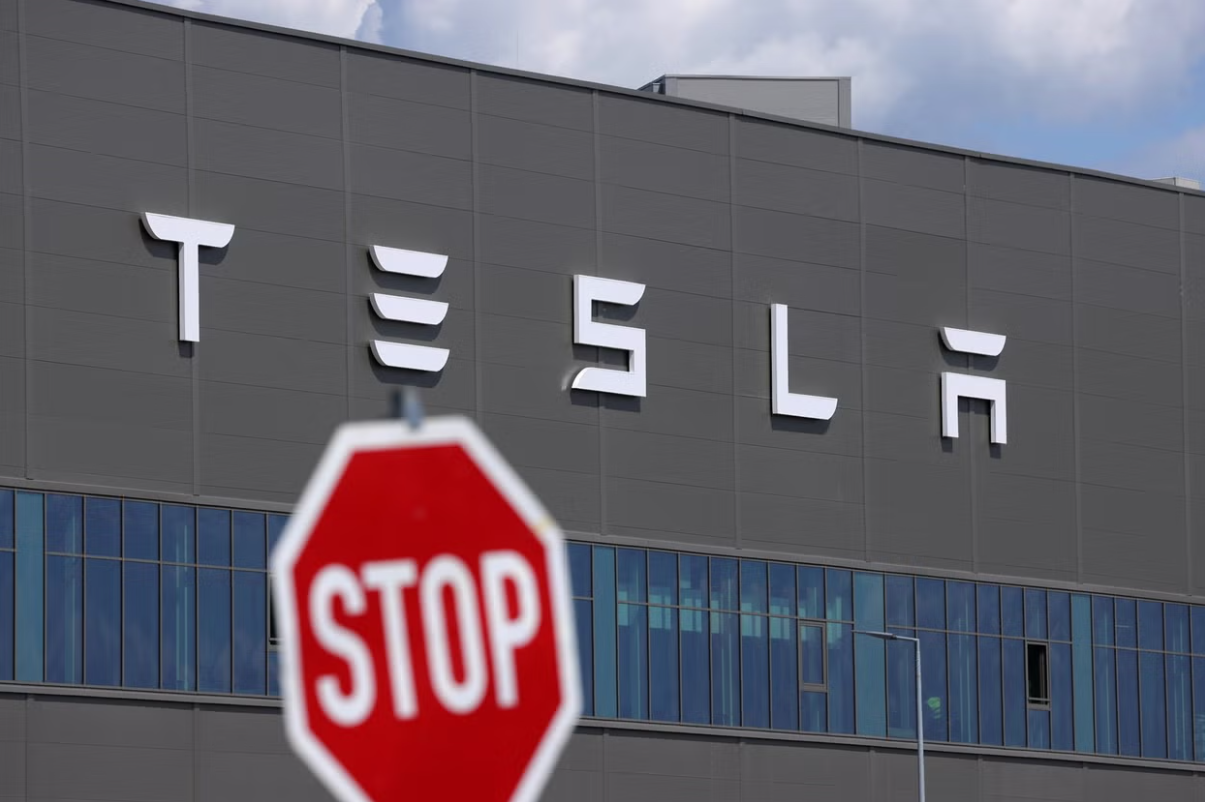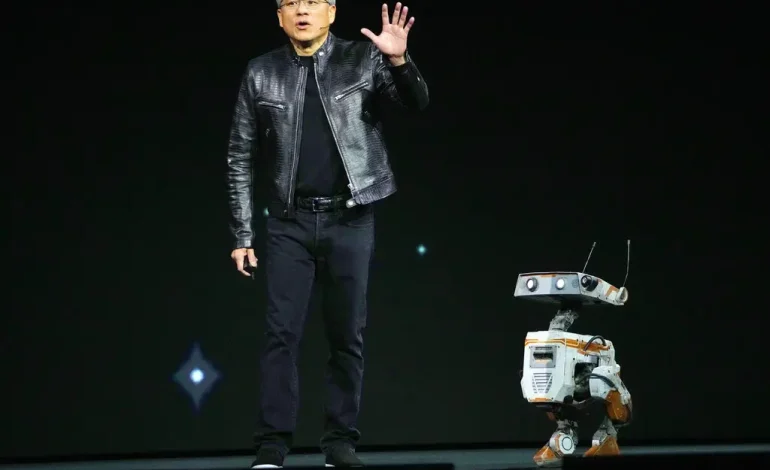Nvidia’s annual GTC developer conference, once a niche academic event, has evolved into a major gathering for the artificial intelligence industry.
Expected to draw over 25,000 attendees, the conference highlights Nvidia’s role as a key driver of AI advancements, with CEO Jensen Huang set to deliver a highly anticipated keynote speech.
When Nvidia held its first developer conference in 2009, it resembled a science fair, with academics presenting AI research on poster boards. Over the years, as AI became central to the tech industry, the event transformed into a major industry showcase. Today, GTC is a weeklong exhibition featuring robots, large language models, and autonomous vehicles—a reflection of Nvidia’s rise as the leading supplier of AI chips.
The company, now valued at nearly $3 trillion, supplies graphics processing units (GPUs) that power AI models from companies like Microsoft, Amazon, Google, and Meta. Despite this dominance, Nvidia faces growing competition from companies developing their own AI chips and startups like DeepSeek, which have built AI models with fewer Nvidia chips.
Huang’s keynote is expected to introduce Rubin, Nvidia’s next-generation AI chip, which could boost performance by up to 30 times. The new chip is part of Nvidia’s strategy to stay ahead in an industry where companies constantly seek greater computing efficiency.
Beyond hardware, Nvidia is also expected to highlight advancements in AI applications, such as:
- AI agents that can autonomously perform tasks like online shopping
- Human-sized robots capable of complex interactions
Despite Nvidia’s technological leadership, concerns remain about whether the AI boom will generate enough revenue to justify the massive spending on infrastructure. AI’s long-term profitability is still uncertain, and Wall Street remains watchful.
The New York Times, the Wall Street Journal, Reuters, and MarketWatch contributed to this report.









